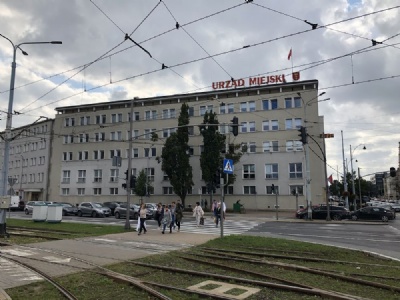Danzig Senate
In 1919, the disagreements between Germany and Poland over the city of Danzig (now Gdansk) grew. To resolve this, the newly formed League of Nations (LoN) declared in November, 1920, Danzig a free city and was placed under the auspices of the LoN. Its chief officer and overseer became the Swiss historian Carl J. Burckhardt. In addition to Danzig, the free city also included about 200 villages in the immediate area. This state hybrid was not independent, but at the same time independent from both Germany and Poland. Poland was nevertheless granted certain rights to ensure that it was given passage to the port of Danzig. A land corridor was therefore created which divided Germany from the state of East Prussia. In 1939, this corridor became the catalyst that led to the Second World War.
The free city was ruled by a senate whose members were elected by the city’s parliament (Volkstag). In the 1933 elections, the Nazi party became the largest party and demanded the city’s incorporation into the german empire. The senate’s chief representative was the president, a position held between June 1933 and September 1939 by nazi representatives. In order they were Hermann Rauschning, Arthur Greiser and Albert Forster. In October 1939, after the outbreak of the war, the free city was dissolved and incorporated into a new administrative area named Danzig-Western Prussia under the leadership of Albert Forster. During the war, the Senate building was badly damaged and therefore demolished after the war.
Current status: Demolished (2021).
Address: Nowe Ogrody 8/12, 80-803 Gdansk.
Get there: Tram.
Follow up in books: Miller, Michael D: Gauleiter: The Regional Leaders of the Nazi Party and their Deputies, 1925-1945 (2012).

Nowadays, Gdansk city hall (urzad miejski) is located where the Senate once stood. In Gdansk old town there is a small museum about the free state of Danzig.